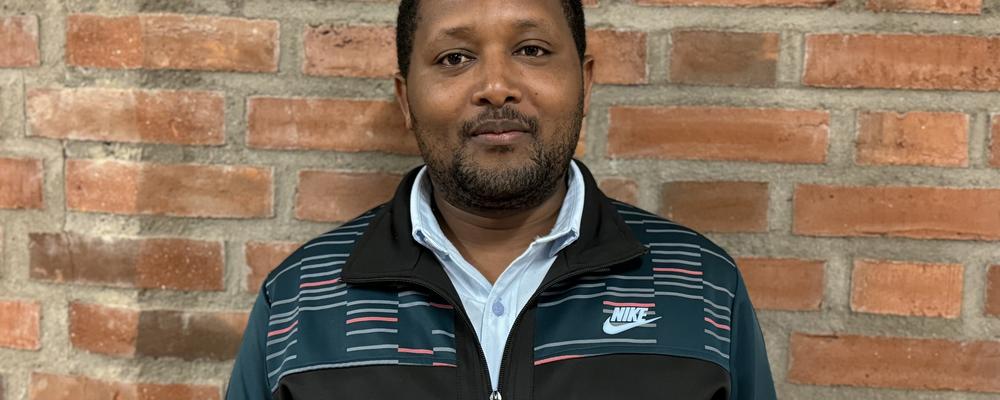Abstrakt (på engelska):
This talk presents ongoing work on developing an interactive map of Kigali city, Rwanda. Developing a map application for dissemination and future use of the project data is one of the aims of the VR-Uforsk project “Reading the Signs: Renaming and transformative processes in urban Rwanda”, led by Tove Rosendal and Jean de Dieu Amini Ngabonziza.
The project is based on the current transformation of the city of Kigali; where all street names were changed in 2012. The earlier bilingual street names (in French and Kinyarwanda) were replaced with a new system using street numbers and abbreviations in English. The transformation of Kigali city affects how people navigate in and name the city centre.
The map is developed to be used by students and educational institutions when the project has ended. It contains data about names from different periods, both official and unofficial names. The map focuses on names of streets, buildings, and areas and it is based on a free and collaborative OpenStreetMap.
We collected data from official documentation on place naming from post-independence (1962) up to 2012 and from walkalong interviews with local citizens in Kigali. The findings of this study revealed that local citizens do not use the new official names established in 2012. Instead they use landmarks based on their own names and memories of places. As the past of the city is physically erased, their names function as containers of a shared past.
This presentation will exemplify such naming, but will foremost concentrate on the map development process and how the map is structured (the so called backend) and how it is visualized (the frontend). It will furthermore discuss how the map can be used after the project has ended.
